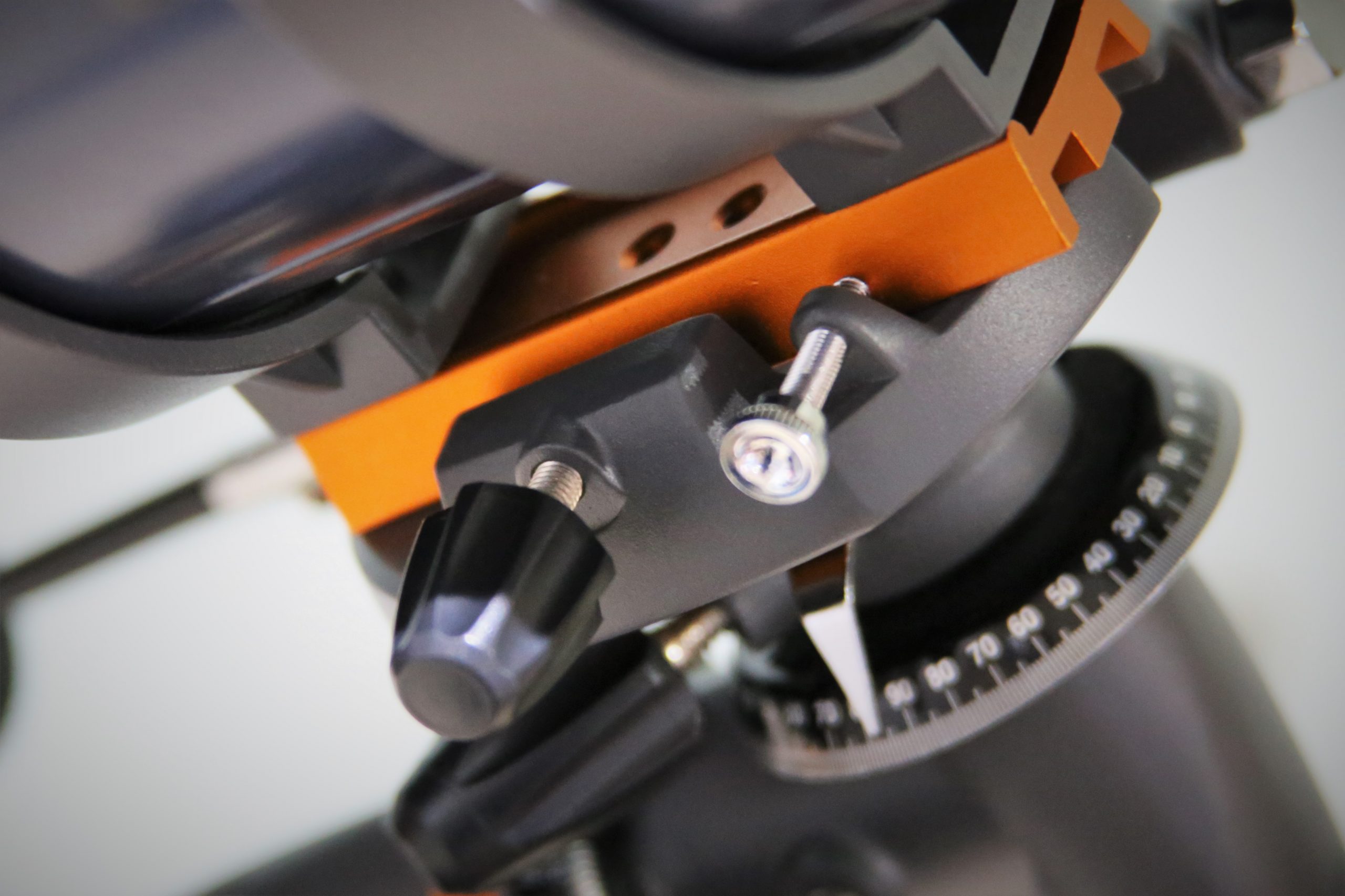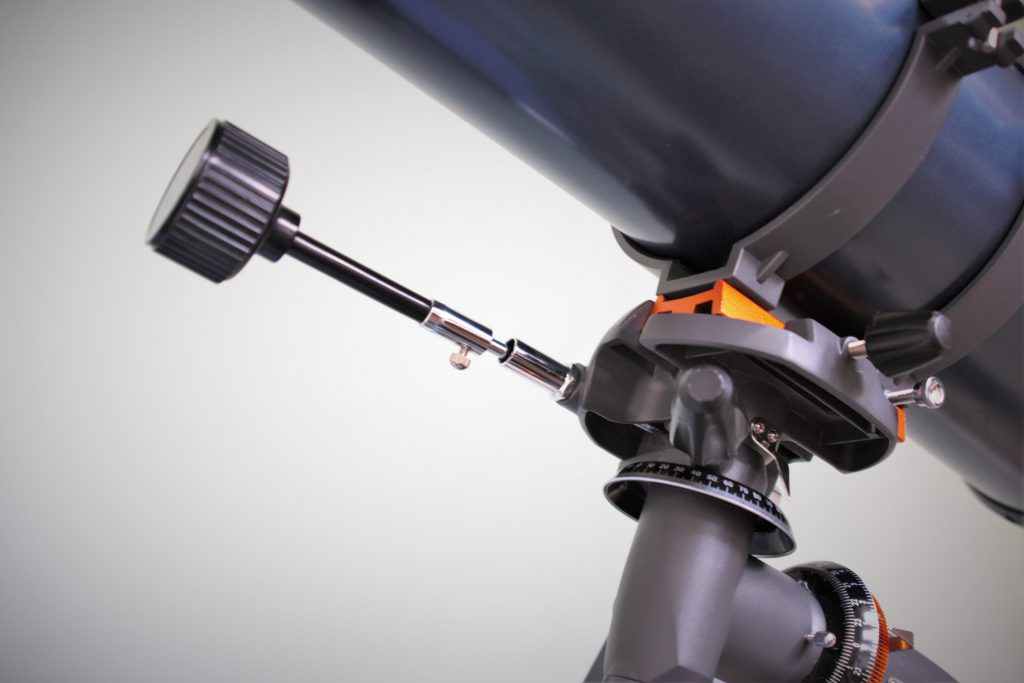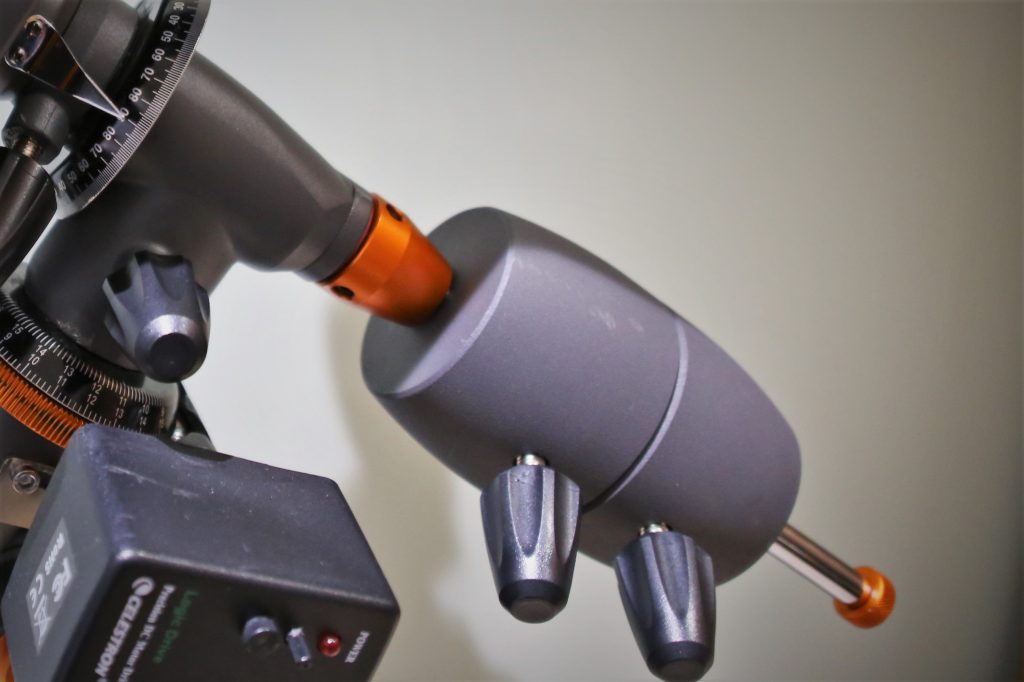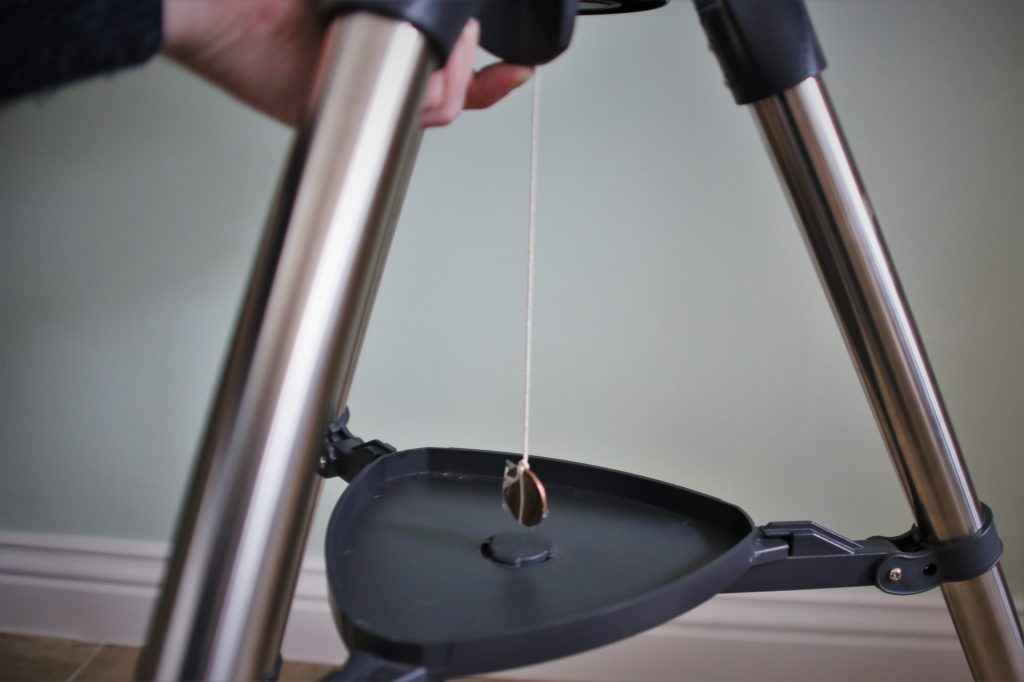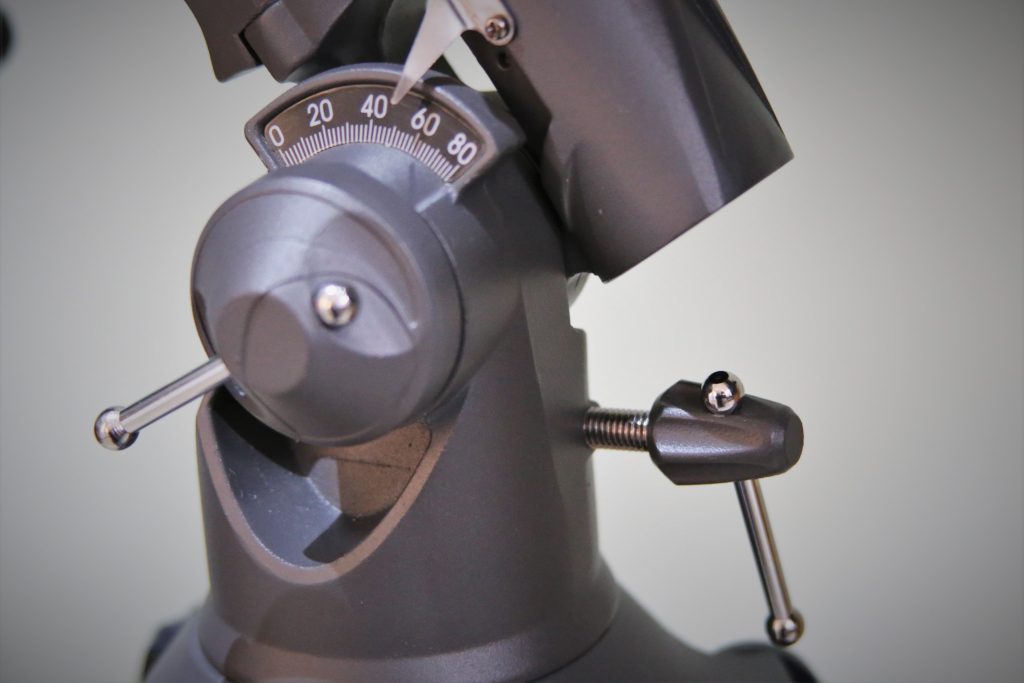Everyone wants to get straight out into the night sky to get started with their new telescope.
However, first nights with a telescope are often a series of mishaps and frustration.
This guide is dedicated to making those nights enjoyable and getting you started with a telescope. Also see my other guides for further topics such as mirror cleaning, collimation and polar alignment.
Why? I just want to get outside!
Trying to find a target without a calibrated finder scope is enough for most. Then, they discover how quickly the moon (or another object) actually moves. Next, they try to chase it across the sky… “which control is up/down and left/right again?”. “Wait, the image is inverted…” and it continues!
It often ends up in frustration, disappointment and the telescope gathering dust in a cupboard.
Prepare – so you can enjoy yourself
This absolute beginner’s guide will get you started and provides valuable tips on initial setup and techniques to learn.
This guide highlights important things to do before you even go outside as well as during your first stargazing sessions.
Unbox and assemble the scope first
First things first – find a working area with suitable space and assemble the scope. Follow the assembly instructions that come with your scope. Then follow the tips below to help while getting started with your new telscope.
Getting started with a telescope guide
The tips here will be relevant to anyone getting started with a new telescope. Some individual tips relate specifically to the Celestron Astromaster 130EQ or an equatorial mount.
Follow the tips below to prepare, practice and get started with your first stargazing sessions.
No, really – when it’s dark you won’t be able to see!
Over time, muscle memory and practice will guide your hand to the right controls. But, while getting started with a telescope you’ll need to access all of these in the dark. So, spend some time with the scope – these tips should help you:
It’s easy to spend time setting up – only to discover you can’t see your target!
Before you go outside, take a little time to think about where you will setup the telescope. This will help avoid disappointment.
What next?
Hopefully you’re getting started with your telescope nicely. Take a look at my frequently asked questions section if you experience any difficulties.
Please take a look at my other beginner’s astronomy guides, follow my journey or join me on twitter.
Share knowledge and get advice
If you’re owner of the Celestron AstroMaster 130EQ, consider joining the facebook group created by Colin Harris. A fantastic community – lots of sharing of knowledge and inspiration to get you out under the stars.

